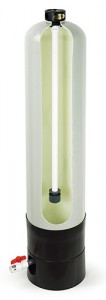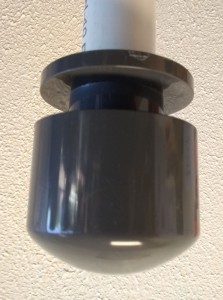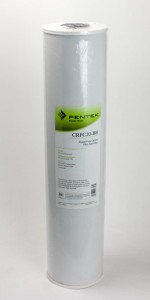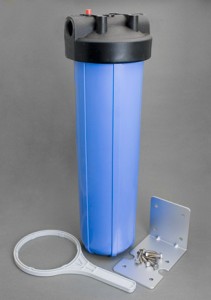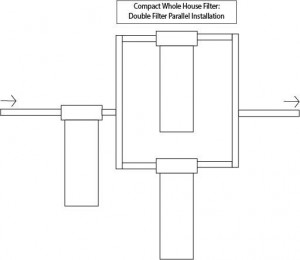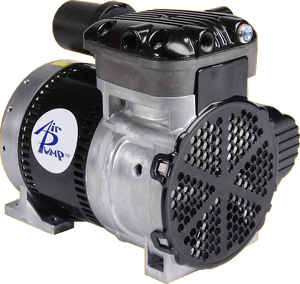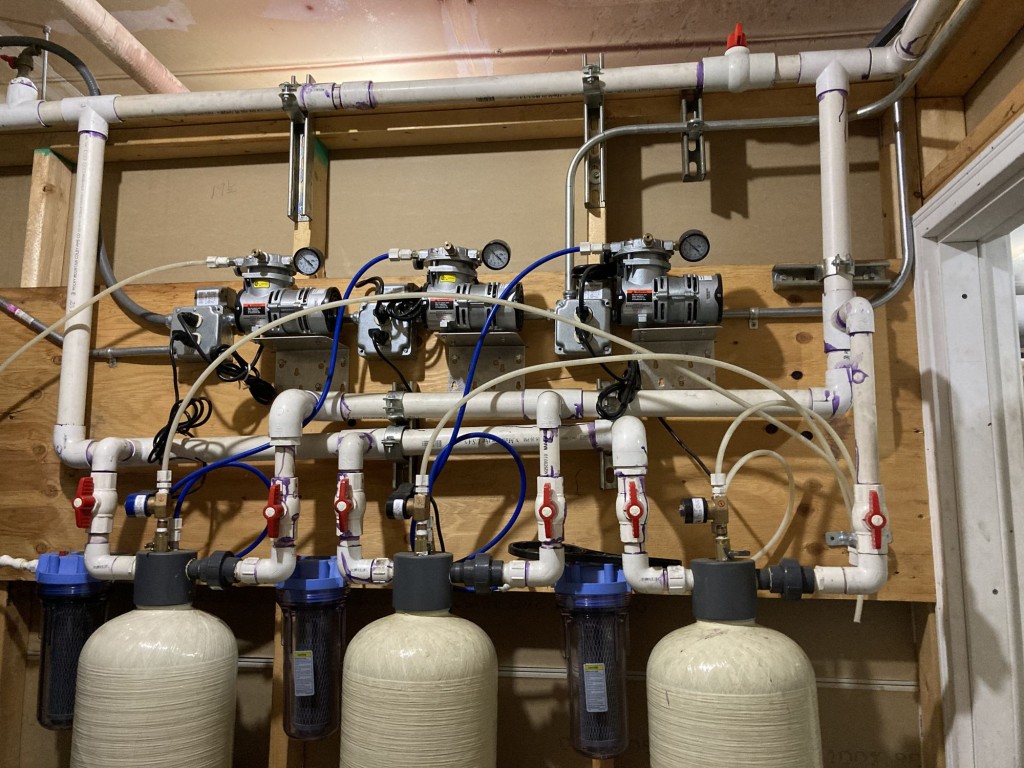Race Is On To Harness Nation’s Last Untapped Water Sources
by Sara Jerome
(Slightly truncated.)
That’s a looming fear for those who say the Great Salt Lake, the largest saltwater lake in the Western Hemisphere, may be at risk of drying up.
The lake is part of a large watershed that is used for drinking water within the most arid part of Utah.
The root of the problem, and the reason the lake is risk, is language in the Bear River Compact for the Great Salt Lake, an agreement written in 1958 and amended in 1980.
The agreement divides the Bear River between Wyoming, Utah and Idaho. If the states find a way to use all their allotted water, the Great Salt Lake could turn into toxic dust.
Under the agreement, water from the Bear River appears to be at least partially up for grabs by the three states. That puts the lake at risk because the river, an essential water source for the lake, could be tapped.
“The Bear River is one of the few remaining water sources in the western United States where large quantities of unclaimed water may be available. So with demand mounting in neighboring communities, [the] fear that someone is going to figure out how to use that water may become reality. If that happens, he said, it could reduce the Great Salt Lake to dust – toxic dust,” News Deeply reported.
Environmental activists, researchers, and public officials gathered in June to discuss the compact and the fate of the lake, but Wyoming and Idaho did not send representatives.
“Even with concern for the lake mounting, solutions that everyone can agree on will be hard to find,” News Deeply reported.
Craig Miller, a hydrologist with the Utah Division of Water Resources, discussed the need to find an intervention.
“It’s a slow-moving train,” he said, per the report. “We can step off the tracks, but we have to take action. We can’t sit back and say that will never happen.”
As far as the big picture of water use in the U.S., reports from the U.S. Geological Survey are especially useful. These reports represent the longest record of water use data in the U.S.
Thermoelectric power, irrigation withdrawals, and public-supply withdrawals represent 90 percent of total water withdrawals in the U.S., according to the U.S. Geological Survey. The trends in withdrawals for these purposes are as follows:
- Thermoelectric power decreased 18 percent between 2010 and 2015, the largest percent decline of all categories.
- Irrigation withdrawals (all freshwater) increased 2 percent.
- Public-supply withdrawals decreased 7 percent.
Source: Water Online.





